Which Mold Upender Fits the Needs of Small-to-Medium Colombian Factories?
Handling heavy, expensive molds in a busy factory is a constant source of stress. Using overhead cranes and manual labor to flip them for maintenance or production changes is slow and dangerous. A single slip can damage a mold worth thousands of dollars, or worse, cause a serious injury to one of your skilled team members. This inefficiency slows down your entire production line, and the risk of accidents creates a constant, underlying anxiety. You know there has to be a safer, more efficient way, but investing in new equipment feels like a gamble if you choose the wrong machine.
For most small-to-medium Colombian factories, the ideal choice is a 90-degree mechanical mold upender with a capacity between 1 and 10 tons. This type of machine offers the best combination of safety, reliability, and cost-effectiveness. It eliminates the complexities and potential mess of hydraulic systems, making it easier to maintain with local technical skills. A mechanical upender provides a straightforward, powerful solution to significantly boost workshop safety and streamline your mold handling workflow.
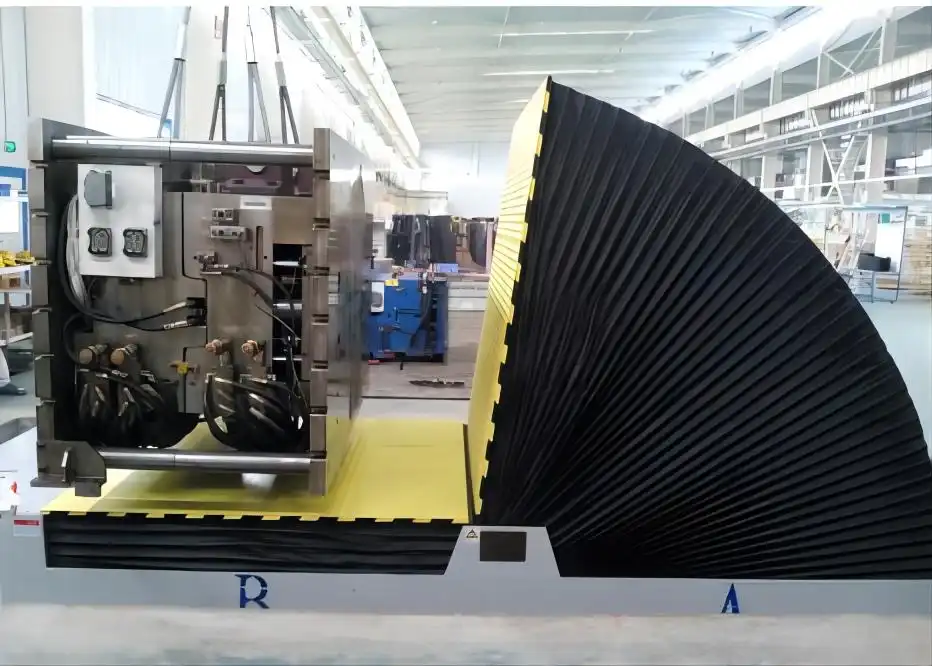
I understand that every equipment purchase is a major decision for a business owner. You need to be sure that your investment will pay off, not just in the short term, but for years to come. That’s why I want to break down the decision-making process. As an engineer who has built these machines and run a factory myself, I want to share what I've learned. Let's go deeper than just the machine's price tag and explore the factors that truly matter for a factory in Colombia.
What are the key factors to consider before buying a mold upender?
You are ready to invest in a mold upender to improve safety and efficiency. But you look at the options and see a dozen different models, capacities, and features. Choosing the wrong one is a costly mistake. I’ve seen factories buy a machine that's too small, only to realize it can't handle their new, larger molds. I’ve also seen others buy a machine that is far too large and complex for their needs, wasting precious capital and floor space.
Before you purchase a mold upender, you must carefully evaluate four key factors. First, the load capacity and the physical size of your molds. Second, the necessary tilting angle, which is usually 90 or 180 degrees. Third, the available floor space and power supply in your workshop. Finally, the control system and its ease of use for your operators. Analyzing these points first ensures you select a machine that fits your Colombian factory's specific needs perfectly.
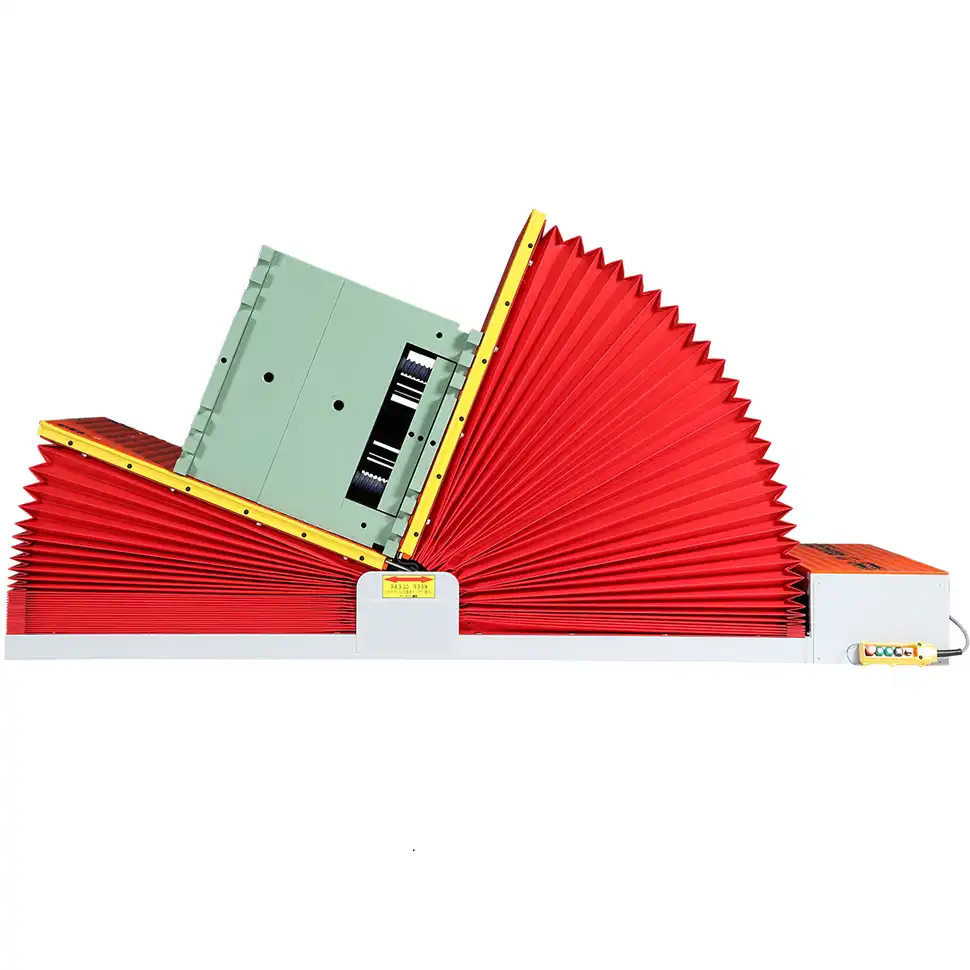
Analyzing Your Mold Dimensions and Weight
The first step is always to measure what you have. Don't guess. Go to your workshop and collect data on your heaviest and largest molds. This information is the foundation of your decision. Buying an upender that is too small is useless. Buying one that is oversized is a waste of money. You need the "just right" solution. Consider both your current molds and any larger molds you plan to use in the next five years. A good business plan looks ahead.
For example, a small plastic injection molding factory might only need a 1-ton capacity upender. But a tool and die shop making parts for the automotive sector might need a 5-ton or even 10-ton machine. Make a simple list. This will help you communicate clearly with potential suppliers.
| Mold Type | Typical Weight Range (kg) | Typical Dimensions (L x W x H, mm) | Recommended Upender Capacity |
|---|---|---|---|
| Small Injection Molds | 500 - 1,500 kg | 600 x 400 x 400 | 2 Tons |
| Medium Stamping Dies | 1,500 - 4,000 kg | 1200 x 800 x 600 | 5 Tons |
| Large Casting Molds | 4,000 - 8,000 kg | 1500 x 1200 x 1000 | 10 Tons |
90-Degree vs. 180-Degree Tilting
The next question is how far you need to flip the mold. A 90-degree turn is the most common requirement. It moves a mold from a horizontal to a vertical position, or vice versa. This is perfect for maintenance, cleaning, or moving the mold to a press. For 95% of the small-to-medium factories I've worked with, a 90-degree upender is all they need. It's simpler, has fewer moving parts, and is more affordable.
A 180-degree upender flips the mold completely over. This is a more specialized need. It's often used when you need to work on both halves of a die set simultaneously or in specific manufacturing processes. These machines are more complex and expensive. Before you consider a 180-degree model, ask yourself: do we really need a full flip, or is a 90-degree turn enough? In my experience, it's better to stick with the simpler solution that meets your needs.
Workshop Integration
A new machine has to fit into your existing space and workflow. Measure the area where you plan to install the upender. Remember to include space for the operator and for loading and unloading with a crane or forklift. Check your power supply. Most industrial machines in Colombia will require a 3-phase, 440V/60Hz supply. Confirm this before you order. A simple machine that you can't plug in is a big problem. Also, think about how the upender will work with your existing overhead crane. Is the crane's path clear? Is its capacity sufficient for your heaviest molds? Planning the integration beforehand prevents major headaches during installation.
How does a mechanical upender compare to a hydraulic one for these factories?
You look at two quotes. One is for a mechanical upender, driven by motors and chains. The other is for a hydraulic upender, powered by pumps and cylinders. The hydraulic one might even seem cheaper upfront. It's tempting to go for the lower price, but this can lead to serious problems down the road. Hydraulic systems are prone to leaks, which create safety hazards and contaminate your workshop floor. They also require specialized maintenance that can be difficult and expensive to find, especially outside of major industrial centers.
For a small-to-medium factory in Colombia, a mechanical mold upender is almost always the better choice. It is cleaner, more reliable, and much easier to maintain. The design is straightforward, using components like electric motors, gearboxes, and roller chains. Any competent mechanical technician can understand and service it. This simplicity translates directly to higher uptime and lower long-term operating costs, which is exactly what a smart factory owner needs.
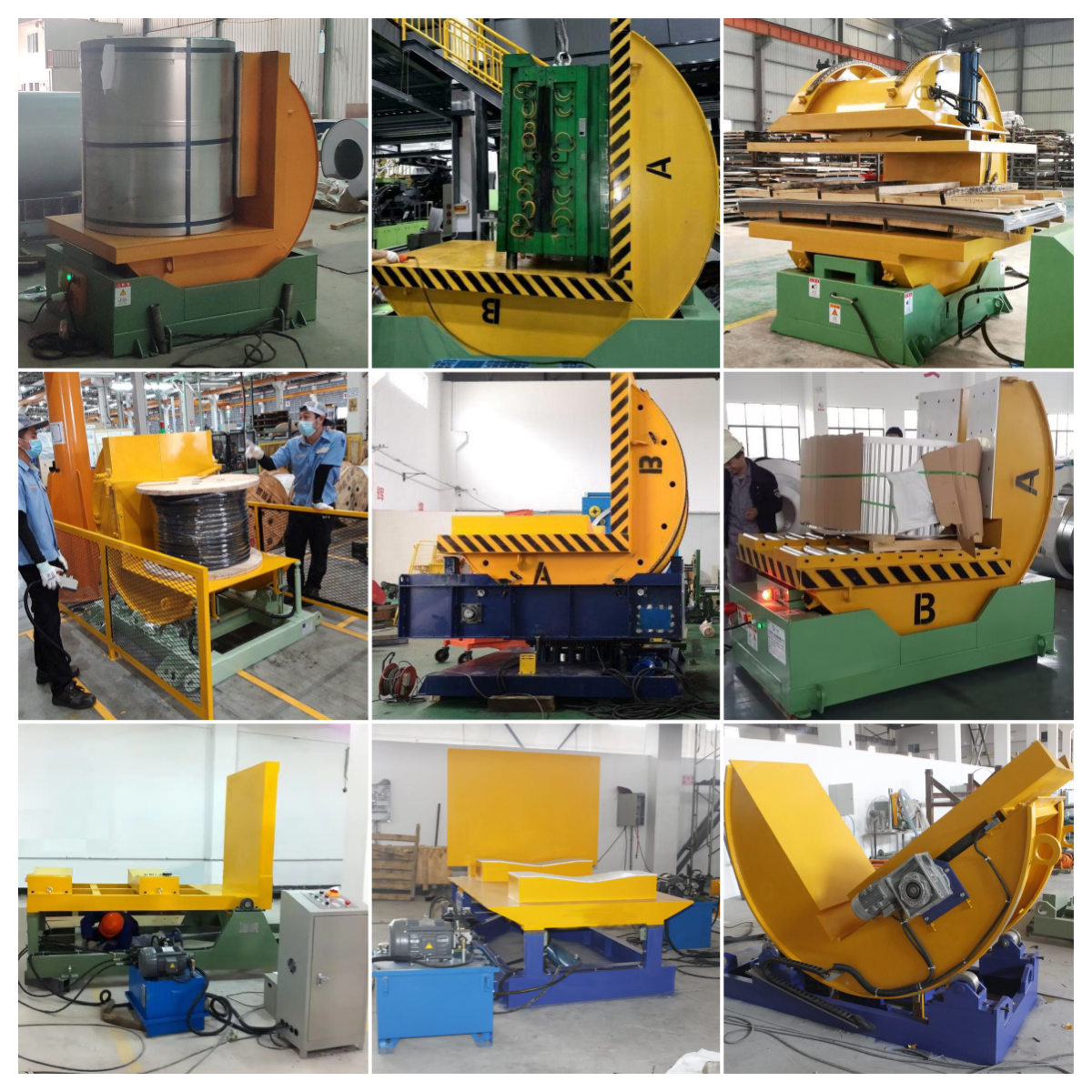
The Case for Mechanical Upenders
I am a big believer in simple, robust engineering. That's what a mechanical upender represents. The power comes from an electric motor connected to a heavy-duty gearbox. This gearbox turns a driveshaft connected to large roller chains. The chains then pull the platform to tilt the load. It's a simple, powerful, and very reliable system.
The beauty of this design is its transparency. You can see the components. You can inspect the chains for wear. You can hear if a bearing is starting to fail. Maintenance is predictable and straightforward. Greasing the bearings and checking chain tension is often all that's required. In a country like Colombia, where you might not have a hydraulic specialist on call 24/7, this simplicity is a huge advantage. It means your own team can handle most of the maintenance, keeping your machine running and your production on schedule. It is a workhorse that does its job without causing trouble.
The Downsides of Hydraulic Systems in This Context
Hydraulic systems are very powerful, but that power comes with complexity. They rely on high-pressure oil, pumps, valves, and cylinders. The biggest problem is the risk of oil leaks. A small leak from a hose or a seal can create a slippery mess on your floor, which is a major safety hazard. The leaked oil can also damage your products or the mold itself.
Furthermore, hydraulic systems are sensitive. The oil must be kept clean, and filters need regular replacement. Temperature changes can affect the oil's viscosity and the machine's performance. When something goes wrong—a valve fails or a pump breaks—you need a specialist. Finding a good hydraulic technician with experience in industrial machinery can be a challenge. The downtime and repair costs can quickly erase any initial savings on the machine's price. For a pragmatic factory owner who values stability and predictable costs, the risks of a hydraulic system often outweigh the benefits.
Performance Comparison
Let's look at the two systems side-by-side. This helps make the choice clear. As a factory owner, you need to look at the total cost of ownership, not just the purchase price.
| Feature | Mechanical Upender | Hydraulic Upender |
|---|---|---|
| Initial Cost | Moderate | Can be lower |
| Maintenance | Low & Simple (greasing, tensioning) | High & Specialized (oil, filters, seals) |
| Reliability | Very High | Moderate (risk of leaks, valve failure) |
| Cleanliness | Excellent (no oil) | Poor (risk of leaks and spills) |
| Speed | Smooth and controlled | Can be faster, but less smooth |
| Safety | High (predictable, no spill risk) | Moderate (slip hazard from leaks) |
| Best For | Most SME workshops, long-term reliability | Heavy-duty, specialized applications |
What safety features are non-negotiable for a mold upender in a busy workshop?
You are buying a mold upender to solve a safety problem, not to create a new one. In a busy workshop with people, forklifts, and cranes moving around, a new piece of heavy equipment can be a new hazard. I’ve seen cheap machines with inadequate safety features. They are a ticking time bomb. An accident with a multi-ton mold is not a small event. It can halt your business. Therefore, safety is not a feature you can compromise on to save a little money.
There are several safety features that are absolutely non-negotiable on any mold upender you consider. These include robust electrical limit switches to prevent the machine from over-traveling, a large, easily accessible emergency stop (E-stop) button, overload protection for the motor, and sturdy physical guarding or safety railings to create a safe operating zone. These are the basics that protect your machine, your mold, and most importantly, your people.
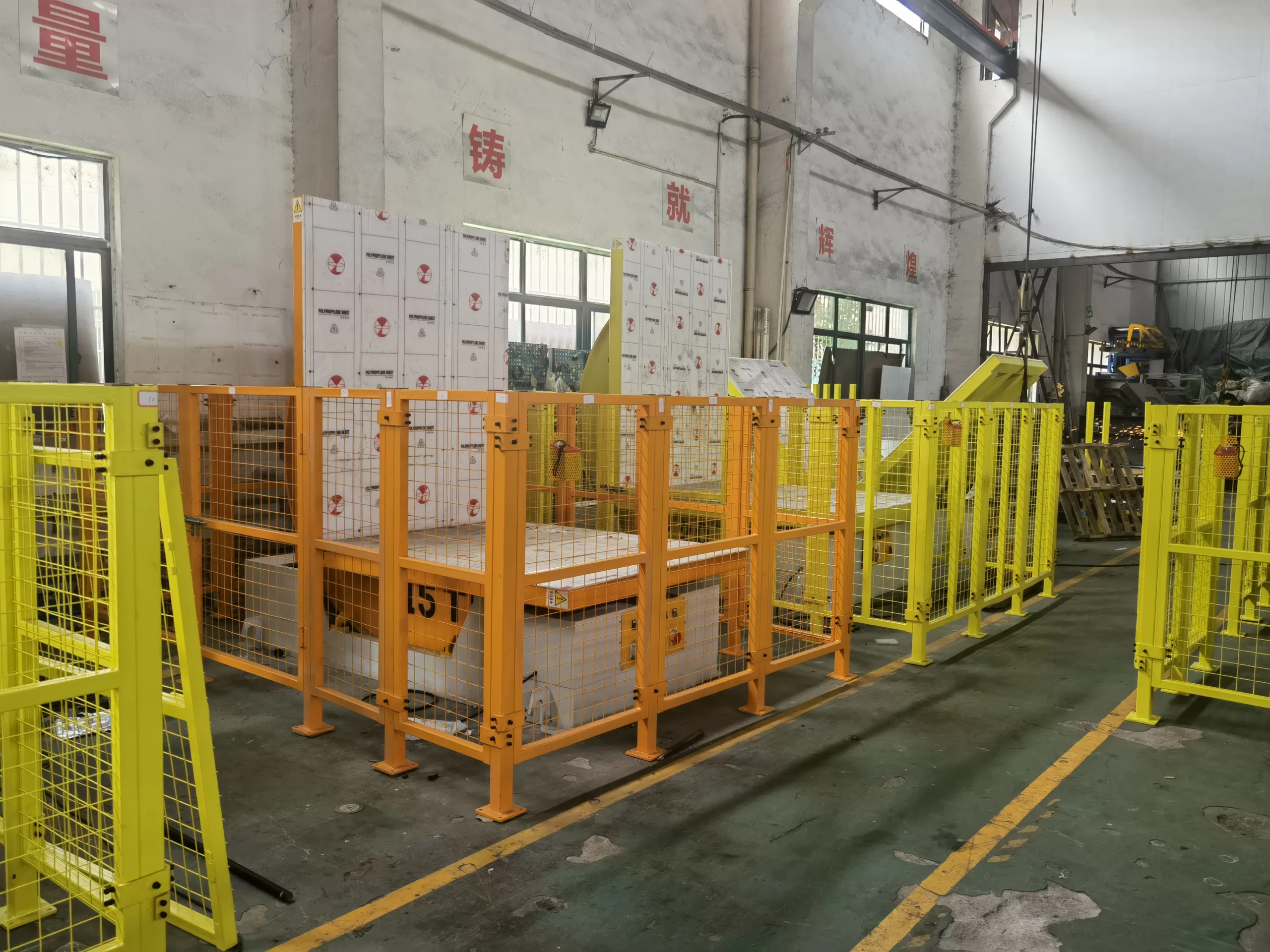
Electrical and Mechanical Safeguards
Let's start with the brains of the safety system. Limit switches are critical. These are small sensors that tell the motor to stop when the tilting platform reaches its final position (either 0 or 90 degrees). Without them, the motor could keep pulling, causing catastrophic damage to the machine's structure or the drive system. You need at least two sets: one for normal operation and a second, hard-wired switch as a backup failsafe.
Next is the E-stop button. It must be big, red, and placed where an operator can hit it instantly without thinking. If anything looks wrong, the operator should be able to kill all power to the machine immediately. Similarly, the motor must have its own overload protection. If the machine is struggling with a load that is too heavy or if something gets jammed, this protection will trip and cut power before the motor burns out. These are not fancy features; they are fundamental requirements for safe design.
Physical and Operational Safety
A machine's movement creates a danger zone. The best way to manage this is with physical barriers. Simple, strong safety railings painted in a bright warning color (like yellow) are very effective. They prevent people from accidentally walking into the path of the moving platform. For even greater safety, you can add interlocking gates. The machine will not operate if the gate is open.
Warning systems are also important. A flashing light and an audible buzzer that activate whenever the machine is in motion alert everyone in the area, even those not directly involved in the operation. Finally, never underestimate the importance of good training. The supplier should provide clear operating manuals, preferably in Spanish for your team in Colombia. You must train and authorize specific operators to use the machine. A safe machine in the hands of an untrained worker is still a dangerous combination. Safety is a combination of good design and good procedures.
Beyond the Spec Sheet: What's the One Thing I Wish I Knew Before My First Purchase?
You can analyze spec sheets all day. You can compare motor power, chain strength, and platform size. You can negotiate the price down to the last dollar. But after being in this industry for over two decades, I can tell you that none of that is the most important factor. I learned this lesson the hard way early in my career when I was just starting my own factory. There is a hidden factor that can make a great machine useless, or a simple machine invaluable.
The single most important factor to consider is the supplier's commitment to being a true partner, especially with after-sales support. A machine is just a tool. The real value comes from the people and the company behind it. A cheap upender from a supplier who disappears after they get your money becomes the most expensive machine you own the first time it has a problem. Production stops, and you are left alone with a silent, heavy piece of steel.
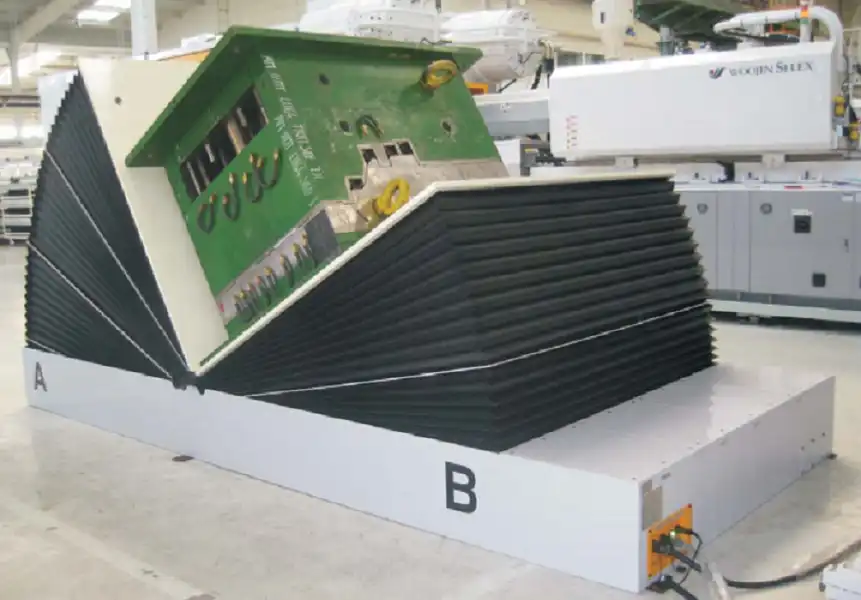
My Painful Lesson
I remember the first major machine I bought for my factory. I was proud. I had negotiated a very low price. I felt like a smart businessman. The machine arrived, we installed it, and it worked. For about six months. Then, a key component failed. I called the supplier. They didn't answer. I emailed. I got a short reply a week later asking for photos. I sent them. More silence. My production line was stopped. I was disappointing my clients. My reputation was on the line.
After two weeks of frustration, I had to hire a local engineering firm to try and custom-fabricate the broken part. It cost me a fortune, and the machine was never quite as reliable again. That "cheap" machine cost me a major client and more money in repairs and downtime than I had saved on the purchase price. I learned a painful but valuable lesson: the price of the machine is only the beginning of the story. The price of downtime is the real cost.
The Value of a True Partner
A few years later, I needed a new wrapping line. This time, I looked for a partner, not just a supplier. I chose a company that asked a lot of questions about my needs. They provided detailed drawings and a clear plan for installation and training. Their price was not the lowest. But their attitude was different. They were focused on my success.
About a year after installation, a sensor failed on a Friday afternoon. My production for the weekend was at risk. I called my contact at the supplier company. He answered right away. Within an hour, he was on a video call with my technician, guiding him through the diagnostics. They identified the faulty sensor. The supplier didn't have a local office, but they had a plan. They sent a replacement part via international express courier that same day and provided tracking information. We had the part on Monday, and with their remote guidance, my team installed it in under an hour. That is the difference between a supplier and a partner. A partner solves your problem.
For a factory owner in Colombia, this is critical. You need a partner who understands international logistics. You need someone who can provide excellent remote support with clear communication. You need to know that they have a plan for spare parts. This partnership is the best way to ensure you achieve your goals of high uptime and low operational costs. It is an investment in peace of mind.
Conclusion
Choose a simple, reliable mechanical upender from a supplier you trust. This ensures safety, long-term value, and a partnership that supports your factory's growth for years to come.




